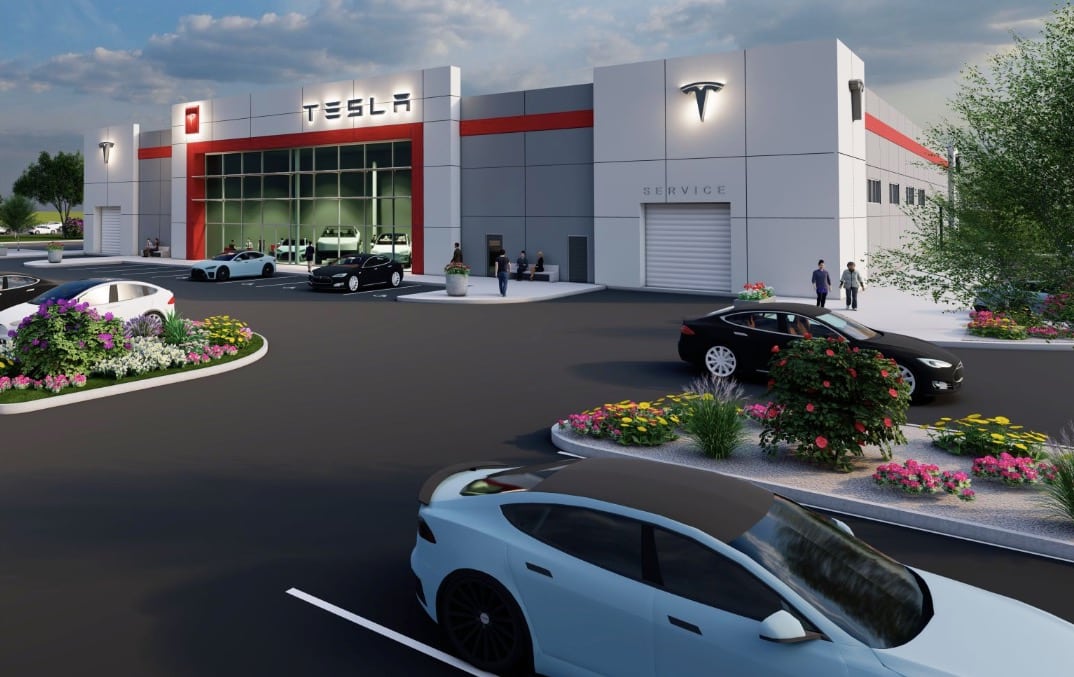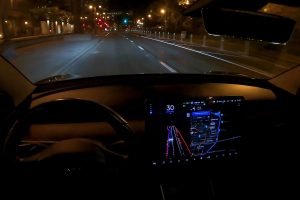- 🔍 Tesla FSD Beta’s launch in Europe could progress due to DCAS regulations being added to UNECE’s agenda
- 🚗 EU regulations on autonomous driving systems differ from North America’s, delaying FSD Beta’s launch in Europe
- 📆 UNECE’s 192nd session in March 2024 might clarify regulations on DCAS features
- 📝 Proposal for a new UN Regulation on Driver Control Assistance aims to cover a broader range of ADAS technologies
- 🚦 DCAS regulation will not cover full driving automation, focusing on assistance in braking, accelerating, and overtaking
- 👨💼 Manufacturers must ensure drivers understand DCAS capabilities and remain engaged while driving with DCAS activated
In the ever-evolving landscape of autonomous driving, regulatory frameworks play a pivotal role in shaping the trajectory of innovation. The recent addition of Driver Control Assistance Systems (DCAS) regulations to the agenda of the United Nations Economic Commission for Europe (UNECE) has sparked renewed hope for the launch of Tesla’s Full Self-Driving (FSD) Beta in Europe. Let’s delve into the implications of this development and its potential impact on the future of autonomous driving on European roads.
Understanding the Regulatory Landscape
- Divergent Regulations: Unlike North America, where Tesla has made significant strides in deploying its FSD Beta, Europe presents a unique regulatory environment that necessitates careful navigation.
- UNECE’s Role: The UNECE serves as a crucial forum for harmonizing regulations related to vehicle safety and emerging technologies, making it a key player in shaping the future of autonomous driving.
The Significance of the DCAS Proposal
- Broadening Regulatory Scope: The proposal for a new UN Regulation on Driver Control Assistance aims to extend regulatory coverage to a wider range of Advanced Driver Assistance Systems (ADAS) technologies, including DCAS.
- Focused Assistance Features: While not encompassing full driving automation, the DCAS regulation prioritizes assistance functions such as braking, accelerating, and overtaking, crucial for enhancing driver safety and convenience.
Implications for Tesla and Manufacturers
- Potential Acceleration of FSD Beta Launch: The inclusion of DCAS regulations in UNECE’s agenda presents a potential catalyst for expediting the introduction of Tesla’s FSD Beta in Europe, provided regulatory clarity is achieved.
- Driver Understanding and Engagement: Manufacturers, including Tesla, face the imperative of ensuring that drivers comprehend the capabilities and limitations of DCAS systems and remain actively engaged while utilizing them.
Looking Ahead: Opportunities and Challenges
- Opportunities for Innovation: Regulatory frameworks, when crafted thoughtfully, can spur innovation and facilitate the adoption of transformative technologies like autonomous driving, ushering in a new era of mobility.
- Navigating Complexity: However, navigating the intricacies of regulatory compliance and ensuring alignment with diverse national regulations across Europe pose significant challenges for automakers.
Conclusion: Towards a Safer and Smarter Mobility Future
As the automotive industry marches towards an autonomous future, regulatory frameworks serve as the bedrock upon which innovation is built. The inclusion of DCAS regulations in UNECE’s agenda represents a promising step towards harmonizing regulatory standards and fostering the responsible deployment of autonomous driving technologies in Europe. With continued collaboration between policymakers, manufacturers, and stakeholders, we can pave the way for safer, smarter, and more sustainable mobility solutions.





